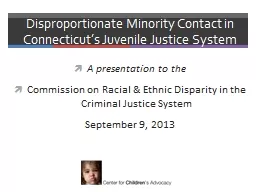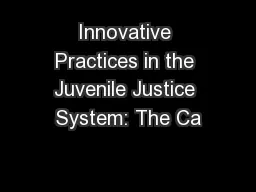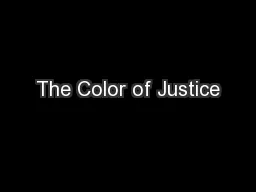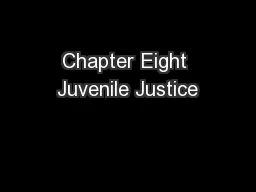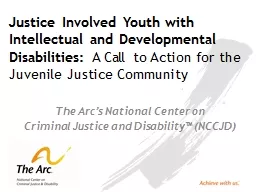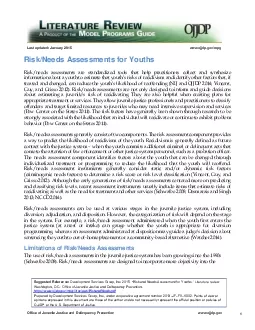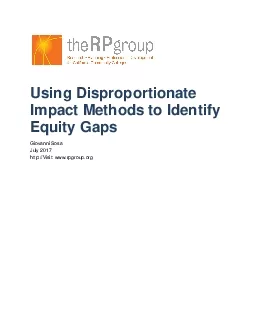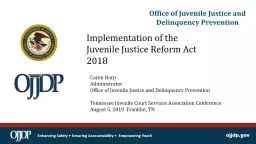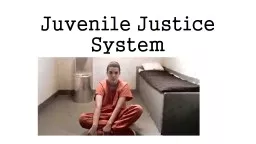PPT-Disproportionate Minority Contact in Connecticut’s Juvenile Justice System
Author : debby-jeon | Published Date : 2018-03-06
A presentation to the Commission on Racial amp Ethnic Disparity in the Criminal Justice System September 9 2013 Guiding Principles Divert youth from formal system
Presentation Embed Code
Download Presentation
Download Presentation The PPT/PDF document "Disproportionate Minority Contact in Con..." is the property of its rightful owner. Permission is granted to download and print the materials on this website for personal, non-commercial use only, and to display it on your personal computer provided you do not modify the materials and that you retain all copyright notices contained in the materials. By downloading content from our website, you accept the terms of this agreement.
Disproportionate Minority Contact in Connecticut’s Juvenile Justice System: Transcript
Download Rules Of Document
"Disproportionate Minority Contact in Connecticut’s Juvenile Justice System"The content belongs to its owner. You may download and print it for personal use, without modification, and keep all copyright notices. By downloading, you agree to these terms.
Related Documents

